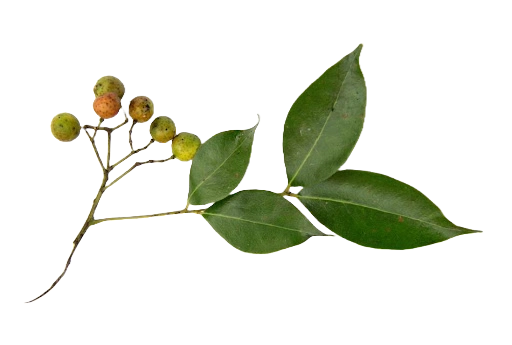Flavor of Wampee

Abstract
Phase One: Established the genome and conducted population genomics analysis.
A high-quality chromosome-level genome sequence for the wampee cultivar JinFeng was developed, marking a significant enhancement from earlier versions. This genome spans 297.1Mb over nine chromosomes, encompassing 23,468 protein-coding genes.
An analysis of 266 genome accessions showcased the genetic landscape and differentiation of wampee in China. Notably, genes influencing the evolution of sour and sweet flavors in cultivated wampee variants were pinpointed.
A comprehensive genome-wide association study spotlighted 220 markers linked to the total acid content in the fruit. Intriguingly, these markers correlate with 289 genes, encoding transcription factors, transporters, and enzymes pivotal in sugar and acid metabolic processes, shedding light on the flavor development in wampee fruit.
Phase Two: Integrative analysis of the transcriptome and metabolome.
- An integrative examination of the metabolome and transcriptome was performed on samples from three unique time points across two variants.
- This analysis distinguished the differential accumulation of organic acids and sugars, pinpointed genes with varied expression levels, and identified diverging pathways, notably the citric acid cycle and starch and sucrose metabolism.
- Using tools like WGCNA and associations between genes and metabolites, we’ve identified five potential pivotal genes and two transcription factors within the differing pathways.